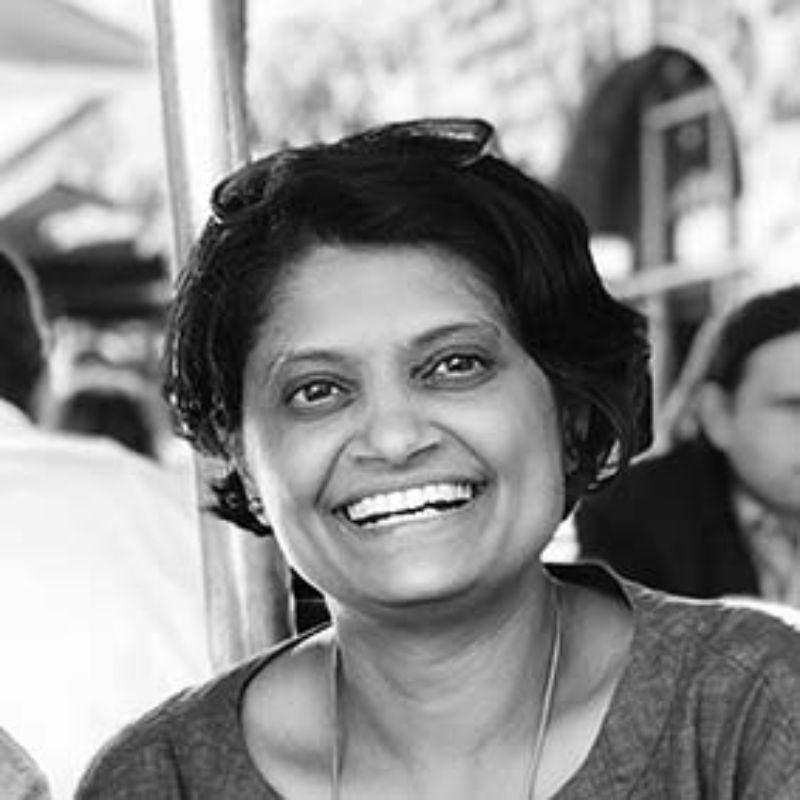dr Mittul Vahanti, RMIT, Melbourne.
Ukrainian Commentator: Galyna Sykhomud, research associate at Institute for European Urban Studies, Bauhaus University Weimar (Germany) & NGO “New Housing Policy” (Kyiv, Ukraine)


SESSION 2 LEARNING OBJECTIVES
At the end of this session, you will be able to:
1. Understand that communities are not mere victims, rather have capacities and strengths, but there are many ways in which they ought to organise for self-recovery
2. Carry out analysis and learn from international best practice housing recovery to identify community strengths, challenges and opportunities 3. Create community design and housing recommendations for Ukraine.
Summary
Community-led approach to housing and self-recovery are not new. Development practitioners and researchers have provided evidence of such practice in the Andean region of Latin America (Barakat, 2003) and in the informal settlements of Peru (Turner, 1976). In context of disasters/ crisis, this approach was mainstreamed in 1982, after the ‘Shelter after disasters’ (UNDRO 1982) report, was adopted in India and Bolivia at scale in 2001, promoted by the UN-Habitat and the World Bank after the 2004 Indian Ocean tsunami and the 2005 Pakistan and 2010 Haiti earthquakes (Davis et al., 2015). The International Federation of Red Cross and Red Crescent Societies (IFRC, 2010) also developed guidelines for the same. Despite the merits of the approach being the fastest, most economical and perhaps the most dignified and empowering, its uptake has remained sparse, particularly in developed countries and urban areas. On the hind side, uncritical approaches to community participation can have negative impacts, weaken or divide the communities (Mulligan, 2015). Hence, community-led recovery is not a panacea, as by itself it does not necessarily lead to a sustainable housing recovery or empowered communities (Barenstein & Iyengar, 2010; Vahanvati, 2018). It requires tailored assistance package, which demands government authorities, civil society and communities have to work collaboratively. This lecture content includes theory of community-led recovery at the intersection of development and disasters literature, intertwined with examples from India, Japan and more.
Educational methods
- An online/ virtual lecture
Literature
- ACHR (2010). Design by with for people: Community Architects in Asia (what they do, who they are), Bangkok, Asian Coalition for Housing Rights.
- Lyons, M. (2010). Can large-scale participation be people-centred? Evaluating reconstruction as development. In:LYONS, M. (ed.) Building back better: Delivering people-centred housing reconstruction at scale. Warwickshire, UK: Practical Action.
- Schilderman, T. & Lyons, M. (2011). Resilient dwellings or resilient people? Towards people-centred reconstruction.(research paper)(Report). Environmental Hazards, 10, 218(14).
- Vahanvati, M. (2018). A novel framework for owner driven reconstruction projects to enhance disaster resilience in the long term. Disaster Prevention and Management, 27, 421-446. DOI: 10.1108/DPM-11-2017-0285
Extra resources
- Barakat, S. (2003). Housing Reconstruction After Conflict and Disaster. Humanitarian Practice Network [Online], 43. Available: http://www.odihpn.org/documents/networkpaper043.pdf.
- Davis, I. (2011). What have we learned from 40 years’ experience of Disaster Shelter? Environmental Hazards,10, 193-212.
- IFRC. (2010). Owner Driven Housing Reconstruction Guidelines [Online]. Geneva: International Federation of Red Cross & Red Crescent Societies (IFRC). Available: www.ifrc.org/PageFiles/95526/publications/E.02.06.%20ODHR%20Guidelines.pdf.
- Johnston, D., Becker, J. & Paton, D. (2012). Multi-agency community engagement during disaster recovery: Lessons from two New Zealand earthquake events. Disaster Prevention and Management, 21, 252-268. DOI: 10.1108/09653561211220034
- Turner, J. F. (1976). Housing by people: Towards autonomy in building environments, London, Marion Boyars.
Contributors

Dr. Mittul Vahanvati is a lecturer in sustainability and urban planning at RMIT Australia. Mittul’s research focuses on informal settlements or vulnerable communities, for real-world impacts. She engages with UN-bodies, including UN-Habitat, UNEP, UNFCCC, national and local government in Australia and the Pacific as well as non-government organisations. She is one of the lead members in a large multidisciplinary action-research project titled ‘Climate Resilient Honiara’ (since 2018), funded by the UNFCCC Adaptation Fund and administered by UN-Habitat. At RMIT, Mittul leads the design and development of a suit of Urban Design courses, core to Planning Institute of Australia (PIA) accreditation. She co-leads two research groups within RMIT – Climate Change Transformations Research Group and Future Urban Researchers Network.

Galyna Sukhomud (UA/DE) is an urbanist and researcher. She holds MSc. European Urban Studies from Bauhaus University Weimar. Currently, she is a research associate at Institute for European Urban Studies at Bauhaus University Weimar (Germany) and NGO “New Housing Policy” (Kyiv, Ukraine). She is also a coordinator of the working group Crises, Conflict, and Recovery at the European Network for Housing Research (ENHR).
